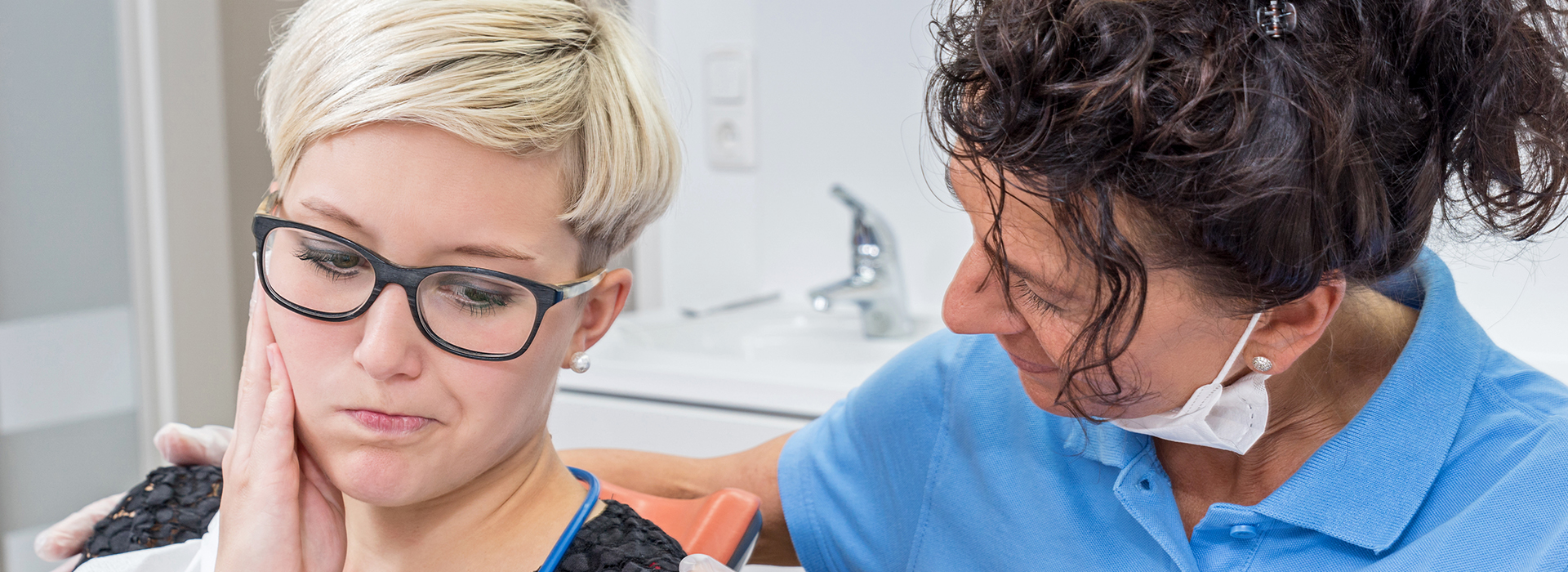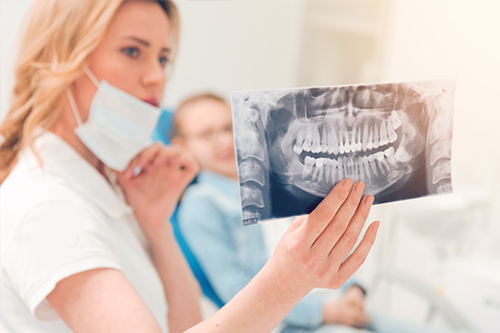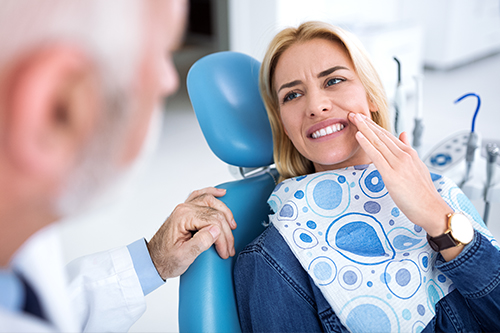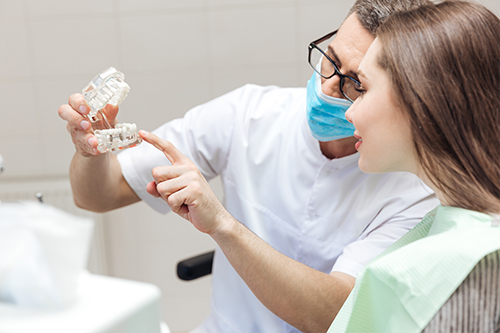How to Know When a Dental Problem Is an Emergency
Dental pain and injuries fall on a spectrum from mild annoyance to conditions that require immediate professional attention. Severe, persistent pain; uncontrolled bleeding; large fractures that expose the tooth’s inner tissues; or a tooth that has been completely knocked out are all reasons to seek urgent care. Even swelling that affects breathing or swallowing should be treated as an emergency and addressed right away.
Not every toothache needs emergency treatment, but prompt assessment matters. A sudden intensification of pain, fever, or spreading swelling often signals an active infection or tissue damage that can worsen rapidly without intervention. Acting quickly can reduce the risk of complications and increase the chances of saving the natural tooth.
When time is of the essence, a dental team trained in urgent care can triage symptoms, provide pain relief, and stabilize the condition. At Liberty Dental Care PC by Park One Dental, we focus on rapid, evidence-based responses designed to protect oral health and overall well-being while minimizing discomfort for patients of all ages.
Common Dental Emergencies We Treat Every Day
Dental emergencies present in many ways. The most frequent issues include intense toothaches, chipped or fractured teeth, and dislodged restorations such as fillings or crowns. Wisdom tooth complications can produce acute pain and swelling, while broken or poorly fitting dentures can cause sore spots and difficulty eating. Any of these problems can disrupt daily life and require timely attention.
Abscesses and other infections are particularly important to recognize. An abscess may cause throbbing pain, swelling, sensitivity to touch, or fever, and left untreated it can spread to adjacent tissues. Similarly, sudden swelling, persistent bleeding of the gums, or soft-tissue injuries to the lips, tongue, or cheeks should be examined quickly to rule out infection and start appropriate care.
We also evaluate suspicious bumps, patches, or lesions inside the mouth that appear suddenly or do not resolve within a few days. While many oral changes are benign, any unexpected lesion warrants professional evaluation to ensure it is not a sign of a more serious condition.
What Happens During an Emergency Visit
An emergency dental visit begins with a focused assessment to determine the severity and source of the problem. Your dental team will ask about symptoms, recent injuries or dental work, and any underlying medical conditions or medications that could affect treatment. This triage process helps prioritize care and tailor interventions to the patient’s immediate needs.
Examinations often include digital imaging—such as intraoral X-rays or cone-beam CT when needed—to identify fractures, root involvement, or the presence of infection. These diagnostic tools allow clinicians to make accurate treatment plans with minimal delay. Pain control and infection management are top priorities: providers may use local anesthesia, prescribe appropriate medications, or perform procedures to relieve pressure and discomfort.
Treatments during the first visit are focused on stabilization. That can mean repairing a chipped tooth with bonding, replacing a lost filling temporarily, adjusting or re-basing a denture, or performing a root canal when nerve involvement is evident. In some cases, extraction is the safest option. When a tooth must be removed, your team will discuss replacement options and plan follow-up care to restore function and appearance.
Throughout the visit, clinicians explain the reasoning behind each decision and provide clear aftercare instructions so patients know what to expect in recovery and when to return for definitive treatment.
Immediate Steps You Can Take Before You Arrive
Some simple actions taken at home can reduce pain and protect oral tissues before professional care is available. Rinse the mouth with warm salt water to cleanse the area and reduce bacterial load. Use cold compresses on the outside of the face to limit swelling and relieve pain—apply for 10–15 minutes at a time with breaks in between.
If a tooth has been completely dislodged (avulsed), time is critical. Handle the tooth only by the crown, avoid touching the root, and if possible, hold it gently in its socket or store it in milk or saline and get to a dentist right away. Apply gentle pressure with clean gauze to control bleeding from soft-tissue injuries, and avoid placing aspirin directly on a painful tooth or gum area, as this can irritate tissues.
For temporary relief of pain, over-the-counter analgesics as directed can be helpful, but they do not replace professional treatment. Avoid using hard food or chewing on an injured side, and do not attempt to force a fractured piece back into place. These measures are intended to stabilize the situation until you can be seen by a dental professional.
Recovery, Follow-Up Care, and Preventing Future Emergencies
After an emergency intervention, follow-up care ensures complete healing and long-term success. This may include finishing restorative work—such as placing a permanent crown or filling—completing root canal therapy, or fabricating a replacement tooth when extraction was necessary. Regular post-treatment visits allow the team to monitor healing, evaluate function, and make adjustments as needed.
For patients who are vulnerable to recurrent problems, preventive strategies can reduce future risk. Night guards can protect teeth from grinding, while repairs to poorly fitting dental appliances can prevent sores and instability. Maintaining routine dental checkups and prompt evaluations of new symptoms helps catch small issues before they become urgent.
Modern restorative options, including dental implants, fixed bridges, and removable prostheses, make it possible to restore comfort and function after tooth loss. Your clinician will explain the advantages and typical course of each option and guide you through the sequence of care to restore a healthy, confident smile.
If you’re experiencing a dental emergency or are unsure whether your symptoms require urgent attention, contact us for more information. Our practice is prepared to provide timely, professional care and help you navigate the best path forward for your oral health.







